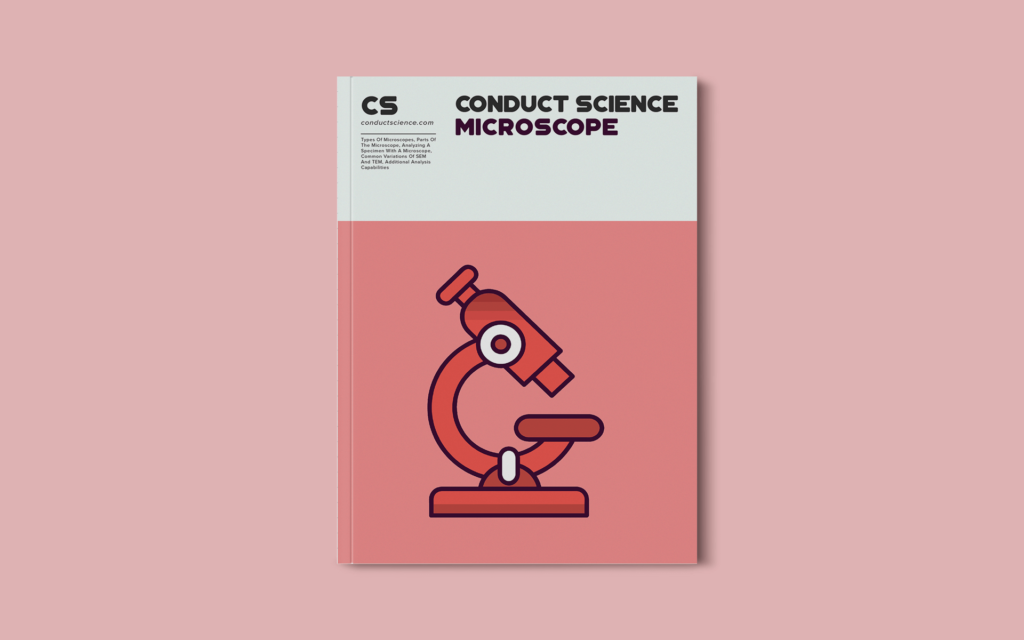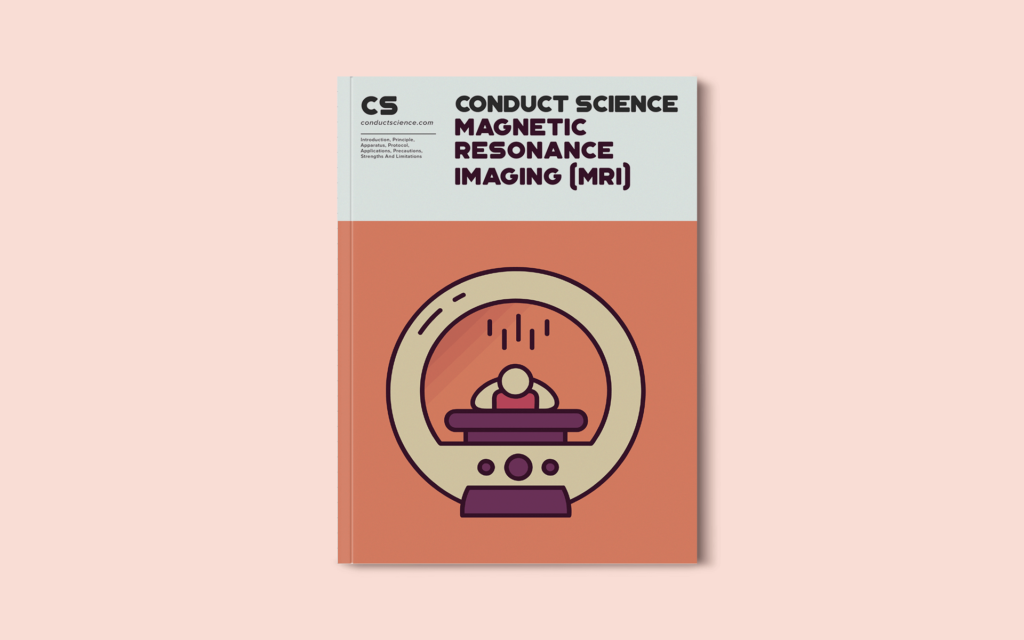Scanning electron microscopy (SEM)

As an Amazon Associate Conductscience Inc earns revenue from qualifying purchases Introduction The scanning electron microscope employs a focused beam of high-energy electrons to visualize the regions of interest on the surface of solid specimens. The signals from electron-sample interactions unveil the information about the sample such as its morphology, chemical composition, and crystalline structure […]
Safranin Staining

Need stains for your experiments? Click here Introduction Safranin is a cationic dye used in histology and cytology to distinguish and identify different tissues and cells. It is popular in medical research for staining acidic proteoglycan that is found in cartilage tissues, enabling researchers to analyze cell chondrogenesis. The safranin is employed as a counter-stain […]
Magnetic resonance imaging (MRI) in Research

Introduction Magnetic resonance imaging (MRI) is an imaging technique used for the examination of anatomical structures, biological functions, and body fluids. The magnetic resonance imaging (MRI) uses the body’s natural magnetic properties to yield detailed images from any part of the body. For imaging, the hydrogen nucleus (a single proton) is used as it is […]
Fluorescence Resonance Energy Transfer (FRET) Microscopy

Introduction Fluorescence Resonance Energy Transfer (FRET) is a powerful physical phenomenon widely used in biomedical research and drug discovery. FRET technique involves the radiation-less transmission of energy from a fluorescent donor molecule to an acceptor molecule. The donor molecule is the chromophore or a dye that initially absorbs the energy, and the acceptor is the […]
Fluorescence recovery after photobleaching (FRAP)

As an Amazon Associate Conductscience Inc earns revenue from qualifying purchases Introduction Fluorescence recovery after photobleaching (FRAP) is an imaging technique for the investigation of molecular dynamics and cellular events within living cells. The FRAP elucidates the dynamics and kinetics of the protein-protein interaction and cellular signaling. In a FRAP experiment, the laser […]
Electron Microscopy

As an Amazon Associate Conductscience Inc earns revenue from qualifying purchases Introduction An electron microscope is an imaging instrument that uses a beam of energetic electrons to observe objects on a very fine scale. Electron Microscopes were developed to overcome the limitations of light microscopes which can only visualize the specimens with 500x […]
Transmission electron microscopy (TEM)

As an Amazon Associate Conductscience Inc earns revenue from qualifying purchases Introduction Transmission electron microscopy (TEM) is an important tool in the expanding field of biomedical research and microbiology. The high resolution provided by the electron beams accelerated at high voltage makes the TEM indispensable for detailed analysis. The specimen is an ultrathin section or […]
Electron Microscope

Introduction Electron microscopes are similar to light microscopes in many respects, but in place of light (photons), electrons are used to image the specimen. In a light microscope, the resolution is limited by diffraction, which becomes significant below the wavelength of visible light, 0.4 – 0.7 μm. In comparison, the wavelength of the electrons used […]
The Light Microscope

Introduction The light or optical microscope is a common lab tool that can be used to visualize structures with sizes below that which can be seen by the human eye. Light microscopes are useful for size ranges down to roughly 1 micron (for comparison, the diameter of a human hair is approximately 100 microns). These […]
